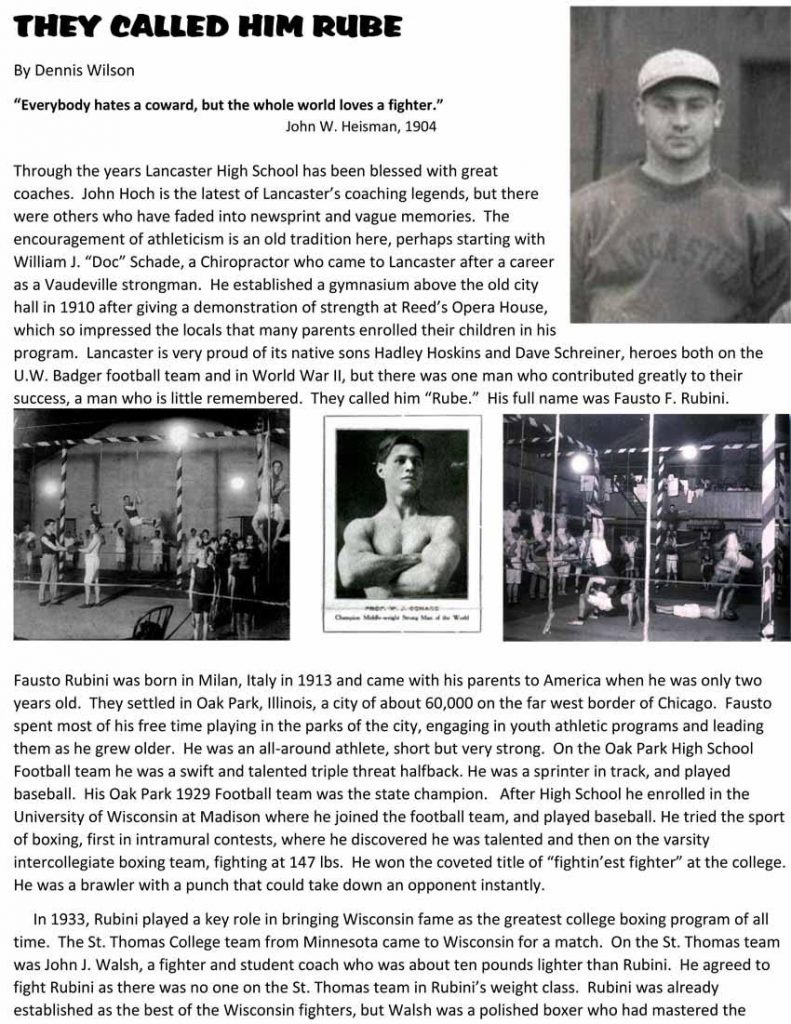The Wisconsin Folk Music Project was a collaboration between the University of Wisconsin and the Library of Congress to record music from the state’s diverse population. In the summers of 1940 and 1941 Helene Startman-Thomas and Robert “Bob” Draves traveled throughout Wisconsin recording folk music. Stratman-Thomas was a faculty member of the University of Wisconsin School of Music. Draves was a graduate student and her recording technician. In the summer of 1946, Startman-Thomas was assisted by student-technician Aubrey Snyder. In their travels they recorded over 700 performances by singers and musicians representing more than 30 ethnic and regional groups. On August 24, 1946, Lillie Greene Richmond performed in Lancaster, Wisconsin for the Folk Music Project. She was the only African American included in the project.



